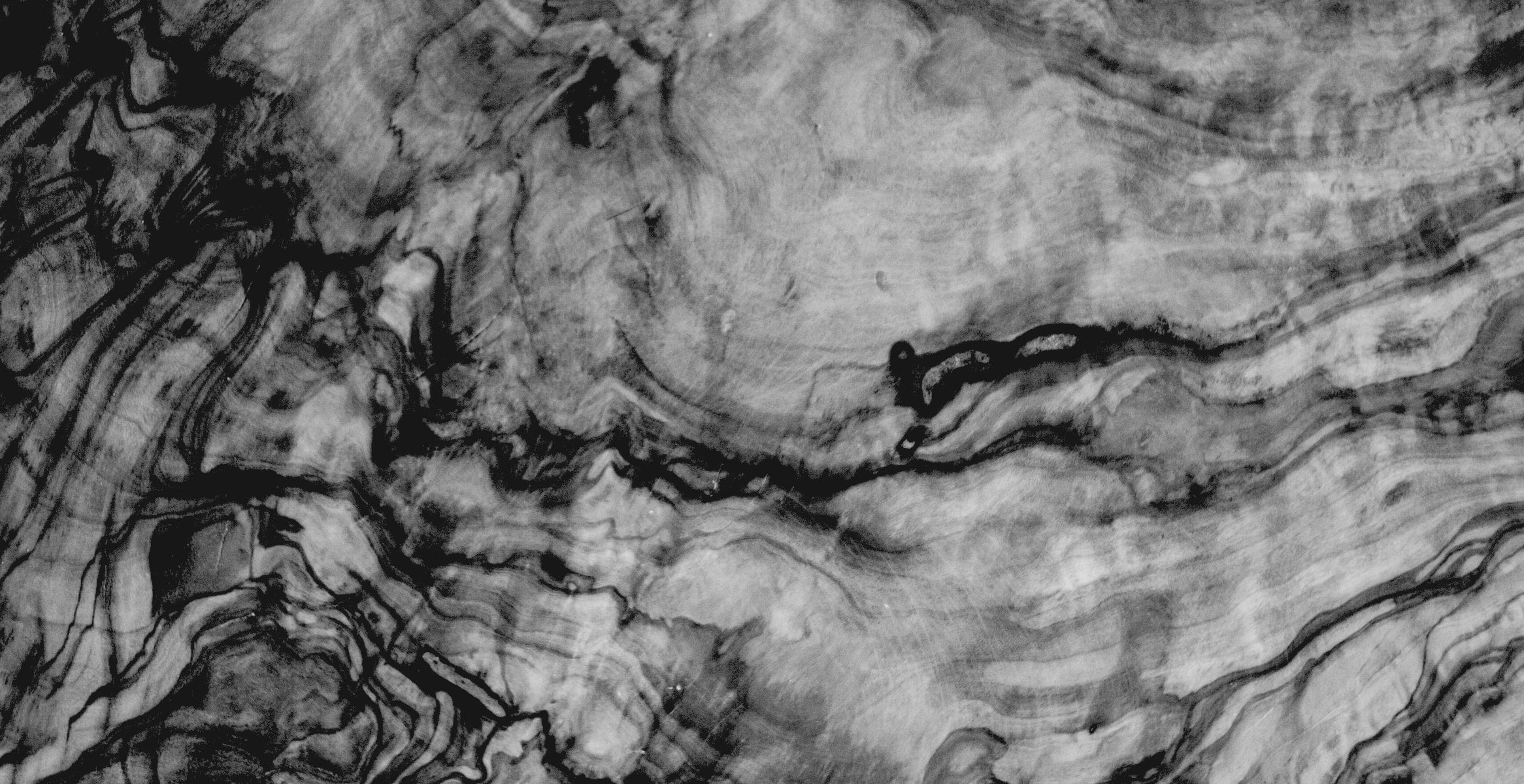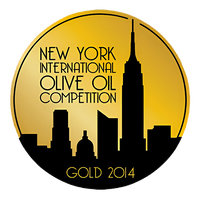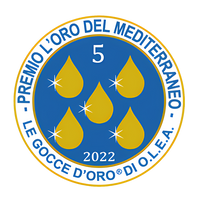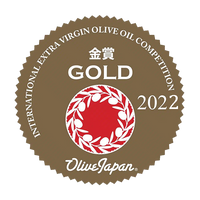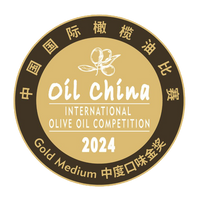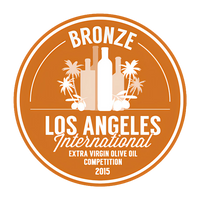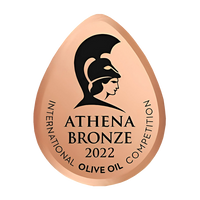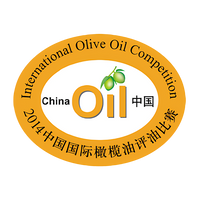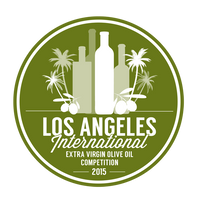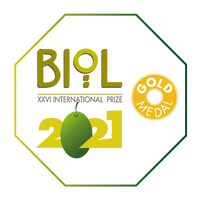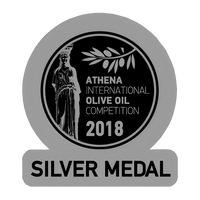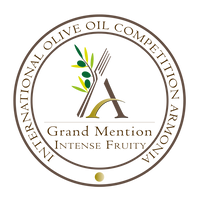RESTORATION OF BANKS WITH SHRUBS AND TREES
To improve the stability of pond slopes and prevent soil erosion, we have planted various shrub and tree species typical of the Mediterranean scrubland.
This intervention not only aims to physically reinforce the banks but also provides shelter, food, and nesting opportunities for wildlife.
Among the species used are wild olive, red juniper, strawberry tree, hawthorn, buckthorn, mastic tree, laurustinus, lentisk, myrtle, phillyrea, white osyris, four-parted osyris, and thymelea, all contributing to the area’s biodiversity.
REFORESTATION OF DEGRADED AREAS
We are introducing trees into an ecosystem dominated by monocultures, creating a significant landscape transformation on our farm.
These trees will offer habitats for birds that help control olive tree pests. The reforestation was carried out at low density to preserve natural grass and encourage the establishment of other flora and fauna species.
RESTORATION OF ROADS, CANALS, BARRIERS, PATHS, BOUNDARIES, ETC.
Our restoration work aims to encourage the settlement of natural enemies of pests.
We have selected plants that bloom at different times of the year, ensuring a continuous food supply for beneficial fauna. Among the species used: Rhamnus alaternus, Myrtus communis, Pistacia lentiscus, Juniperus sabina, Dittrichia viscosa, Lavandula latifolia, and Rosmarinus officinalis.
RESTORATION IN GYPSUM AREAS AND GULLIES
In our natural lake and gullies with gypsum-rich soil, we are promoting the expansion of local gypsum-adapted species through new plantings.
Selected species include: Jurinea pinnata, Reseda suffruticosa, Teucrium pumilum, Gypsophyla struthium, Ononis tridentata, Launea resedifolia, Helianthemum squamatum, and Lepidium subulatum.
SOIL REGENERATION TECHNIQUES
We have revolutionized our…


